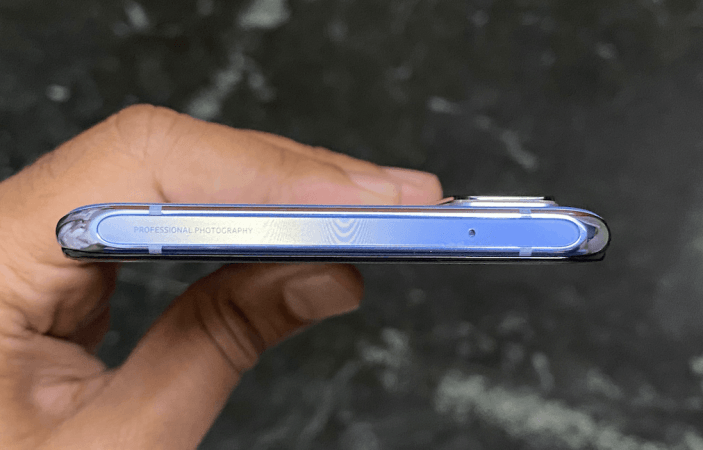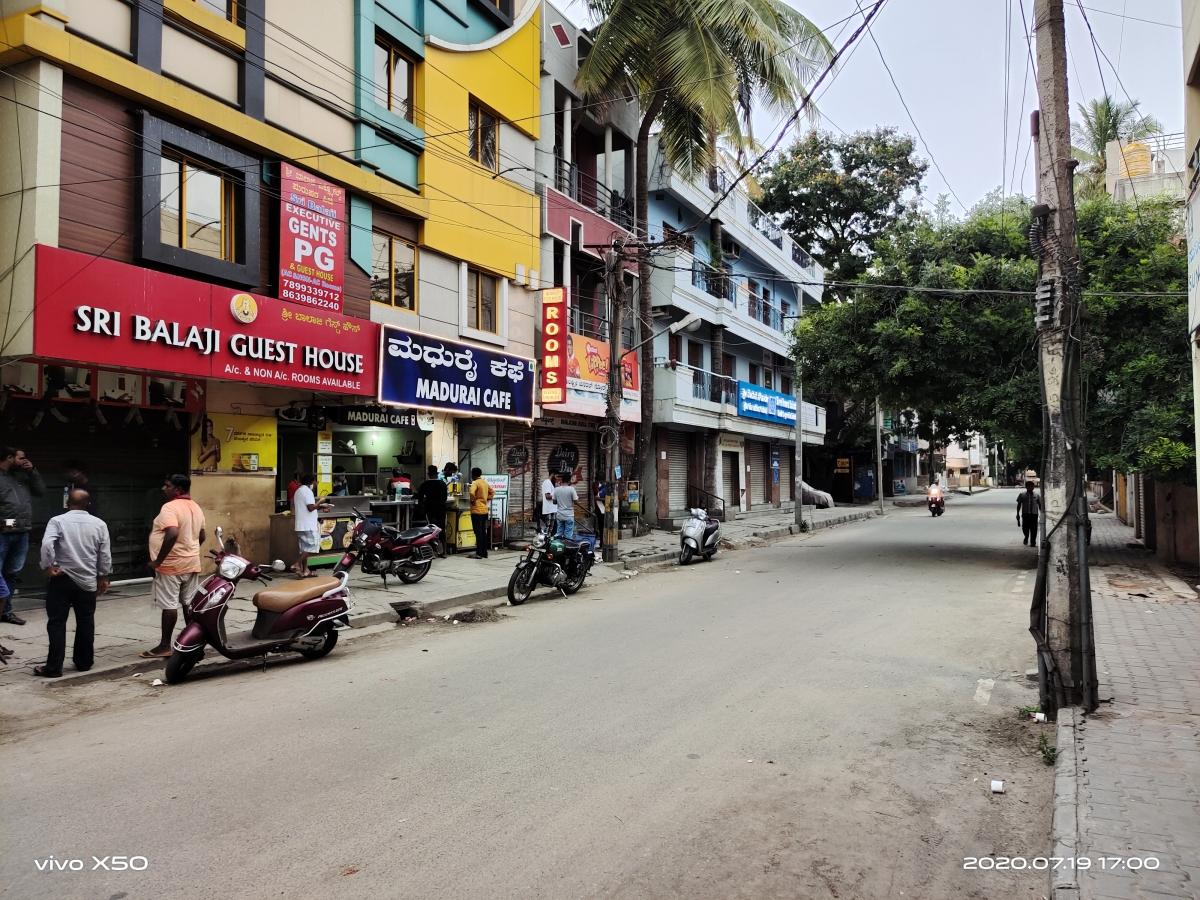
Of late, the budget premium smartphone sector is booming in India with new models coming from brands like OnePlus, Oppo, Samsung and Vivo. The latest X50 series made quite a buzz last month, with two models - the X50 and X50 Pro - bringing the latest piece of hardware and software to lure buyers. With the competition in the market, if you're wondering if it makes sense to invest in a mid-range premium phone, the X50 review should be of help.
Vivo X50 comes in two variants, priced at Rs 34,990 for 128GB model and Rs 37,990 for 256GB storage. The handset comes in Frost Blue and Gaze Black and we had received the former hue with 128GB storage. Here's a look at the features of the X50 before we get to our review:
- Display: 6.56-inch full-HD+ Flat Ultra O AMOLED Screen with HDR 10+ support, 90Hz refresh rate, and 180Hz touch response rate
- Main camera: 48MP f/1.6 lens OIS, 8MP 120-degree wide-angle, 5MP macro, 13MP Bokeh with 20x digital zoom
- Selfie camera: 32MP
- Camera modes: Astro Mode, Extreme Night Vision, Super Night HDR, Pro Sports Mode, Motion AF Tracking, Instant Vlog.
- CPU: Snapdragon 730
- RAM: 8GB
- OS: Android 10-based FunTouchOS 10.5
- Battery: 4,200mAh with 33W Flash Charge
- Add-ons: In-display fingerprint sensor, face unlock, USB Type-C, Dual 4G and more
Vivo X50: Real-world experience
Here's what makes or breaks Vivo X50 smartphone. There are some splendid features that make the X50 worth considering, even against the rivals. But we've also pointed out the few shortcomings in the phone.
Vivo X50 boasts a visually striking design and the form-factor is pleasing - even to just look at or even to hold. The matte finish paint job on the back, especially on the blue variant, looks stunning. It's not too bling, nor too boring. If you love the attention to detailing, Vivo has a glass panel on the top, which reads "professional photography" - hinting at the pro-grade cameras on the phone. It's not much, but it's sure nice to see Vivo pay attention to the little things.

Vivo X50 not just looks posh, but also feels incredibly premium when held. The sleek, lightweight design makes it easy for single-hand use. That brings us to the display, which is a 6.56-inch E3 AMOLED panel with Full HD+ resolution. The 90Hz refresh rate panel is turning out to be a standard these days and there's no going back from it once you've felt the difference.

Since Vivo has a special focus on the cameras, it's hard to miss it. The primary camera setup comprises of 48MP f/1.6 lens OIS, 8MP 120-degree wide-angle, 5MP macro and 13MP Bokeh with 20x digital zoom. That's as good as it gets on paper. But what about in the real world?

The camera delivers rich, vibrant photos with great dynamic range. The colours are natural, but leaning towards a hint of artificial enhancement. The photos have great details with vibrant colours. The night mode is great in capturing different scenes naturally. Then there are portraits, which turn out to be great with focus and accurate edge detection.
There are a bunch of modes such as Motion Snapshot, Movie Camera, Ultra stable, Fixed Macro, Super wide-angle video, filter video, Pro mode, Live Photo, Slo-mo, Time-lapse, AR Stickers, Jovi Vision and more to channel your inner creativity.

On the front, there's a 32MP single selfie camera, which also delivers good results. But low-light selfies tend to suffer with pixelated or grainy results.
Check out a few camera samples below:
Since Vivo X50 is powered by Snapdragon 730, we had our reservations about recommending it for power users. But depending on your usage, the X50 still makes sense. As for day-to-day operations, we didn't feel the chipset burn or give up. Put the benchmark numbers aside, the real-world usage showed the Vivo X50 can handle tasks like gaming (PUBG Mobile, Asphalt) with ease. The 8GB onboard RAM makes it easier to run multiple apps and switching back and forth between them.
The in-display fingerprint scanner and face unlock work like a charm. The Wi-Fi range is quite decent and browsing on 4G is as it should be.

The UI, FunTouch OS could be better - more like OxygenOS - but it gets the job done. The v10.5 has a lot of customisations, such as system-wide dark mode, ambient light effects, Ultra Game mode and more. But it's hard to ignore the bloatware onboard, which we rarely felt the need to use. But the onboard storage wasn't affected by it, so it's all good.

Finally, the 4,200mAh battery can last you a day with mixed usage. Vivo's efficient battery management has a big role to play in it. The smartphone can be powered up from 0-100 in less than 90 minutes - thanks to 33W Flashcharge 2.0. Moreover, charge for an hour and you won't have to worry about plugging in again till the next day.
We had a busy workday that went uninterrupted with a low battery warning on the Vivo X50. Our main tasks involved a lot of IM messaging, emails, browsing, social media engagement (tweets and all), calls, and some music while getting the work done. Vivo X50 did pretty well. We didn't extensively indulge in gaming, but one or two sessions of PUBG Mobile won't drain much battery. Unless you are in a TDM marathon, you need to keep your charger handy.
Is it worth buying?
Yes, if you're looking for a great-looking phone with good cameras and battery. Sure, there are many alternatives out there when you're comparing the on-paper specs, but the X50 tends to work better even under pressure. It's not the best phone you can buy under 35K, but surely ranks in the top-5.

















